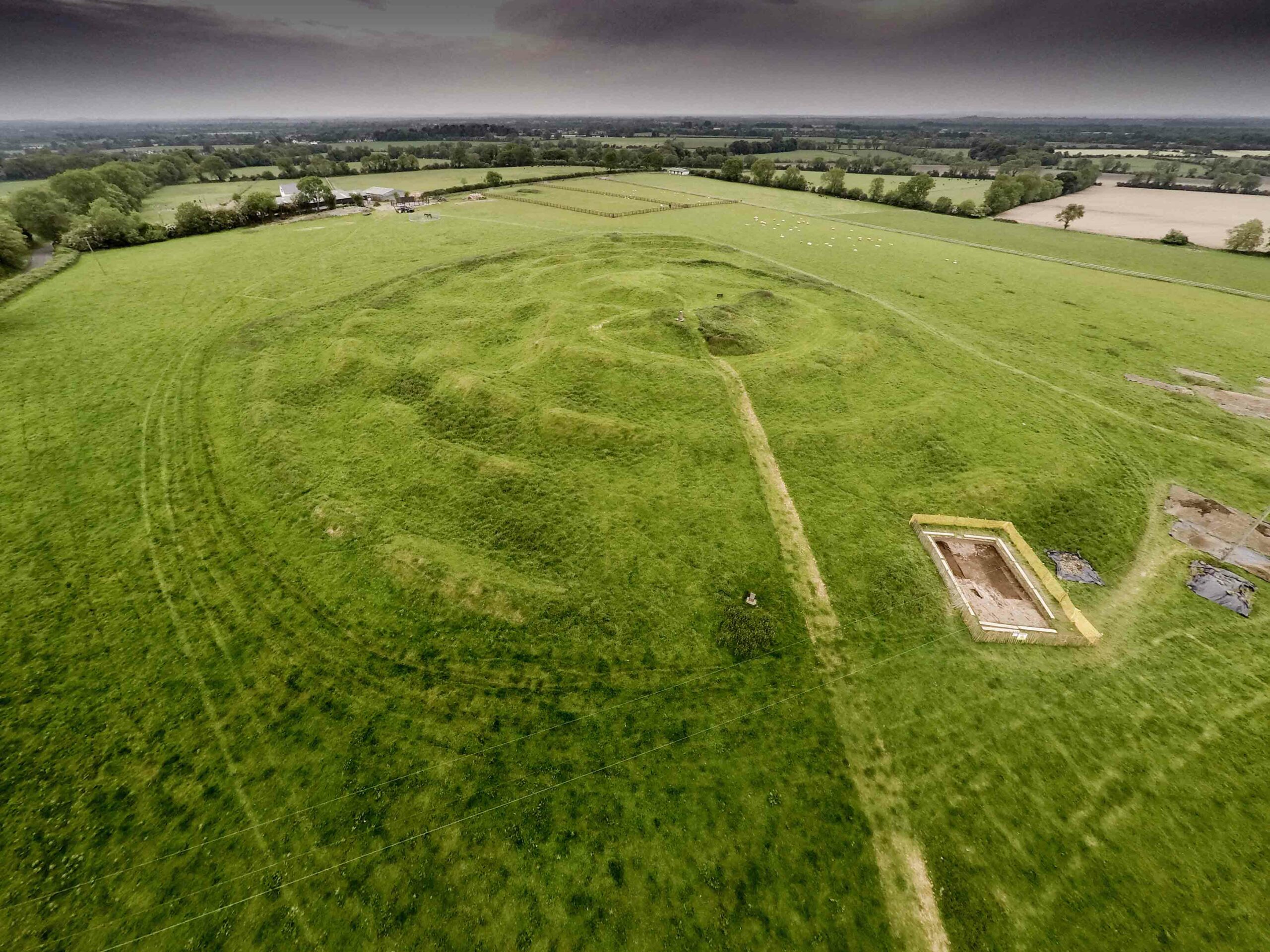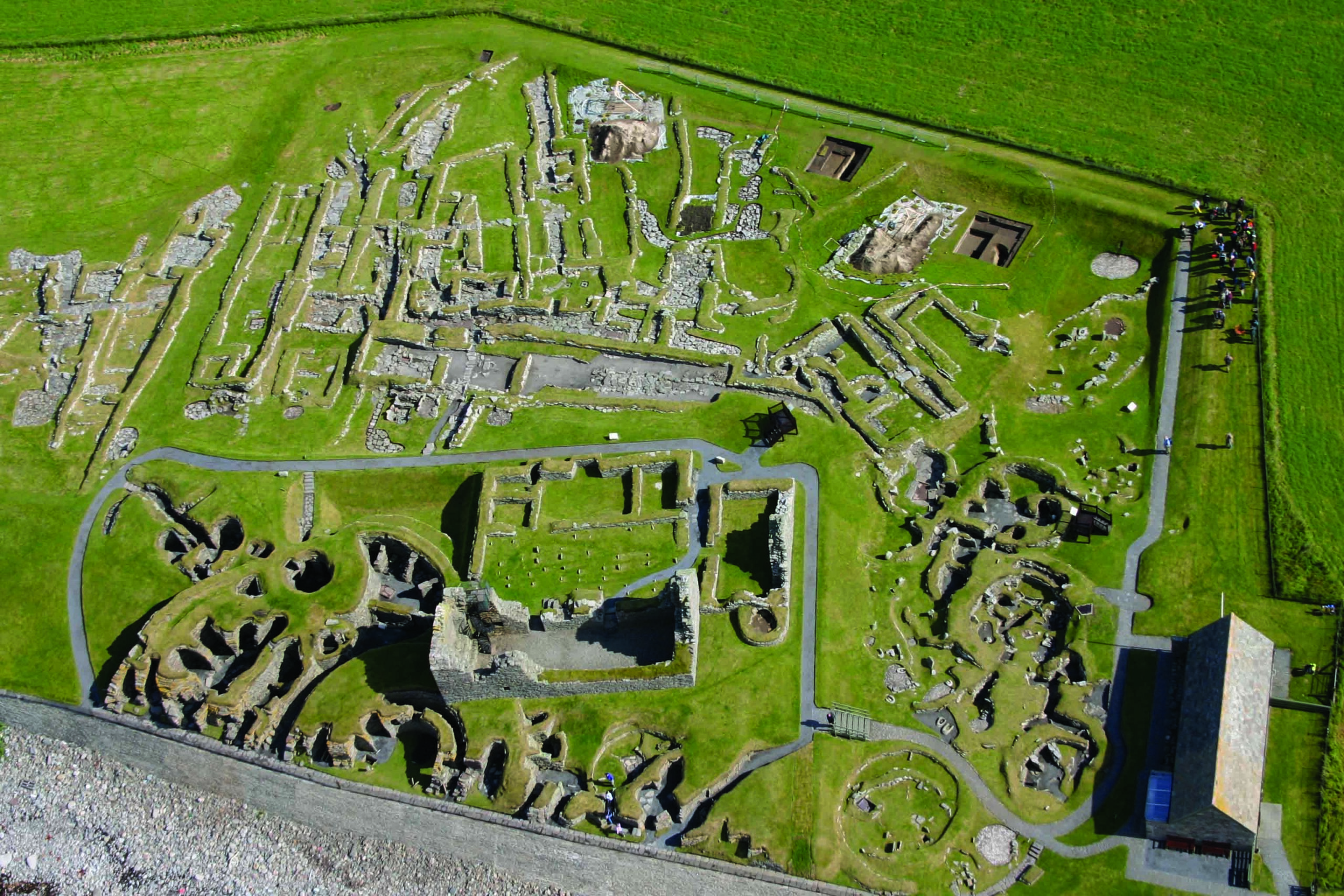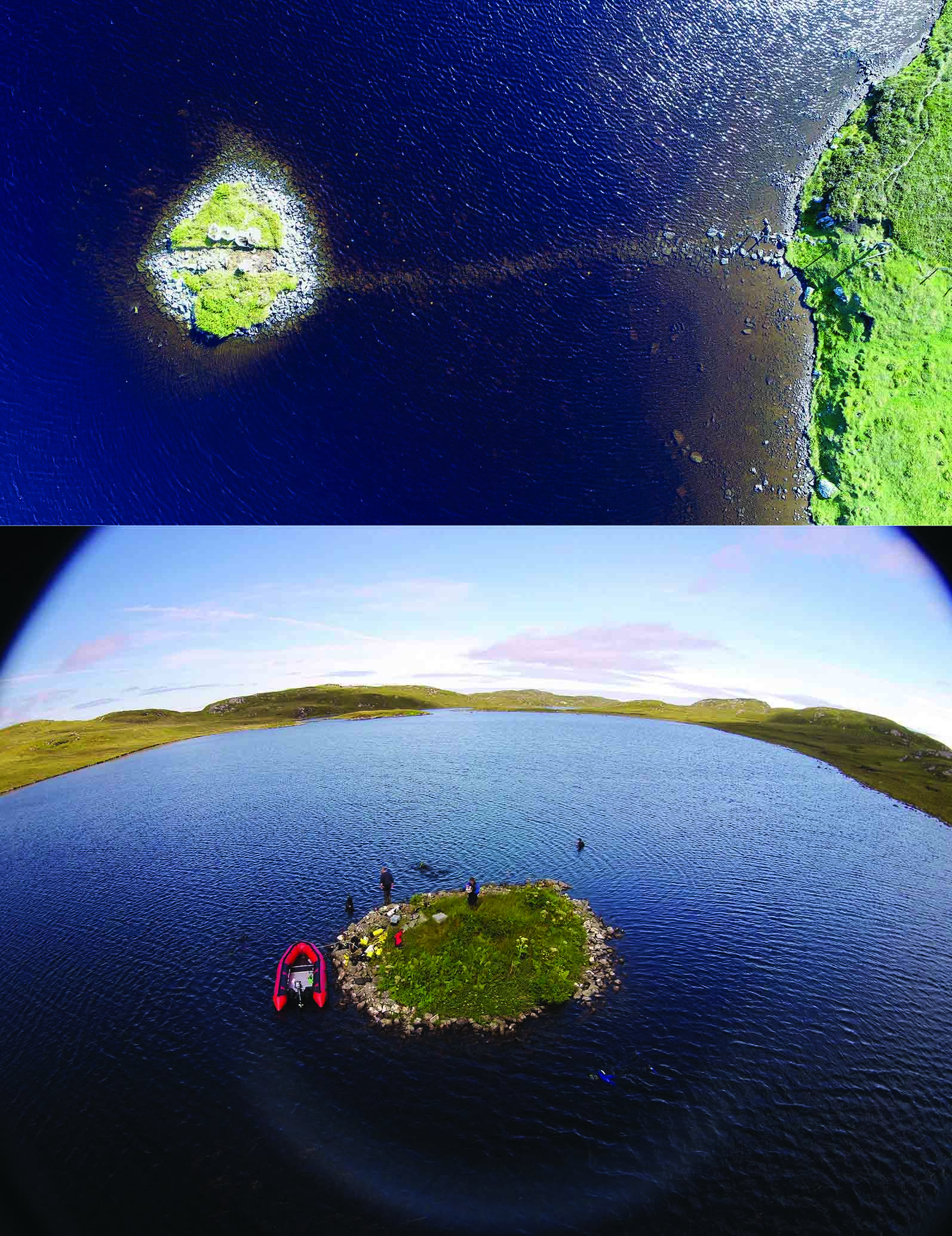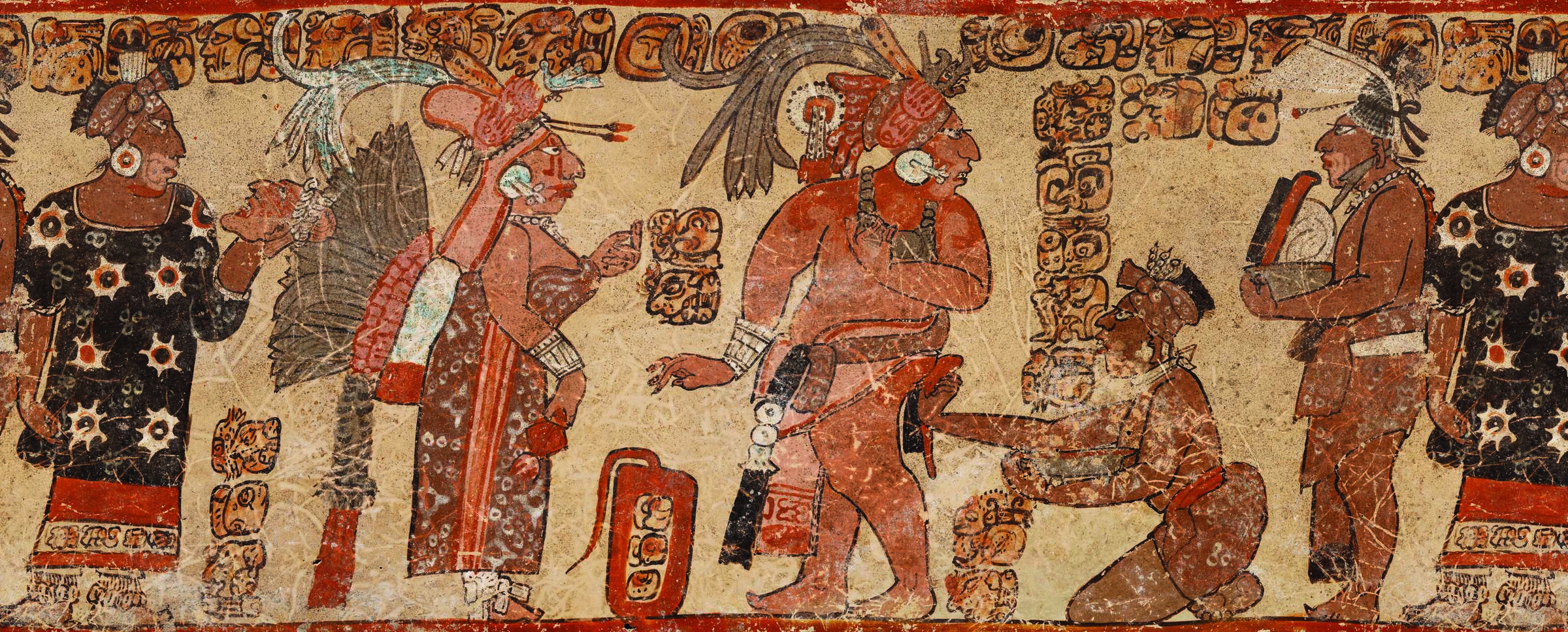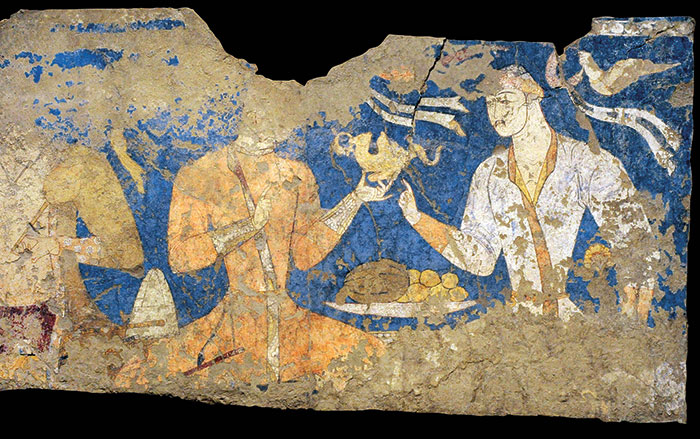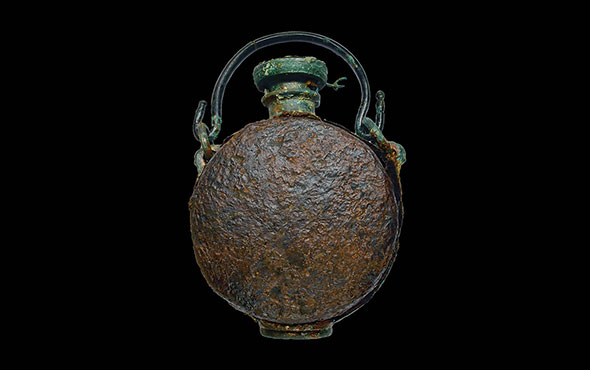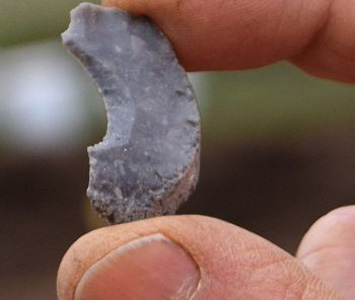
COUNTY CORK, IRELAND—The Irish Examiner reports that the foundations of a 5,700-year-old house, Bronze Age burials, and evidence of metalworking were unearthed during road construction in southwest Ireland. The Neolithic dwelling is thought to have been part of a small community made up of some of the earliest farmers in the region. Archaeologists also recovered Neolithic pottery, stone tools, and grain at this site. At another Neolithic site discovered during the roadwork, researchers found stone tools and pottery that had been buried in what may have been a ritual associated with human interments or the offering of gifts to gods. Charcoal pits associated with iron smelting between A.D. 266 and 1214 were also uncovered. Seventeenth-century blacksmith shops, where horses were fitted with shoes and farming tools were forged, are thought to have been set up along the route at the time the roadway was first constructed. Clay pipes and glass from this period were also recovered. To read about copper smelting in pre-Columbian and post-contact Mexico, go to "The Means of Production."


